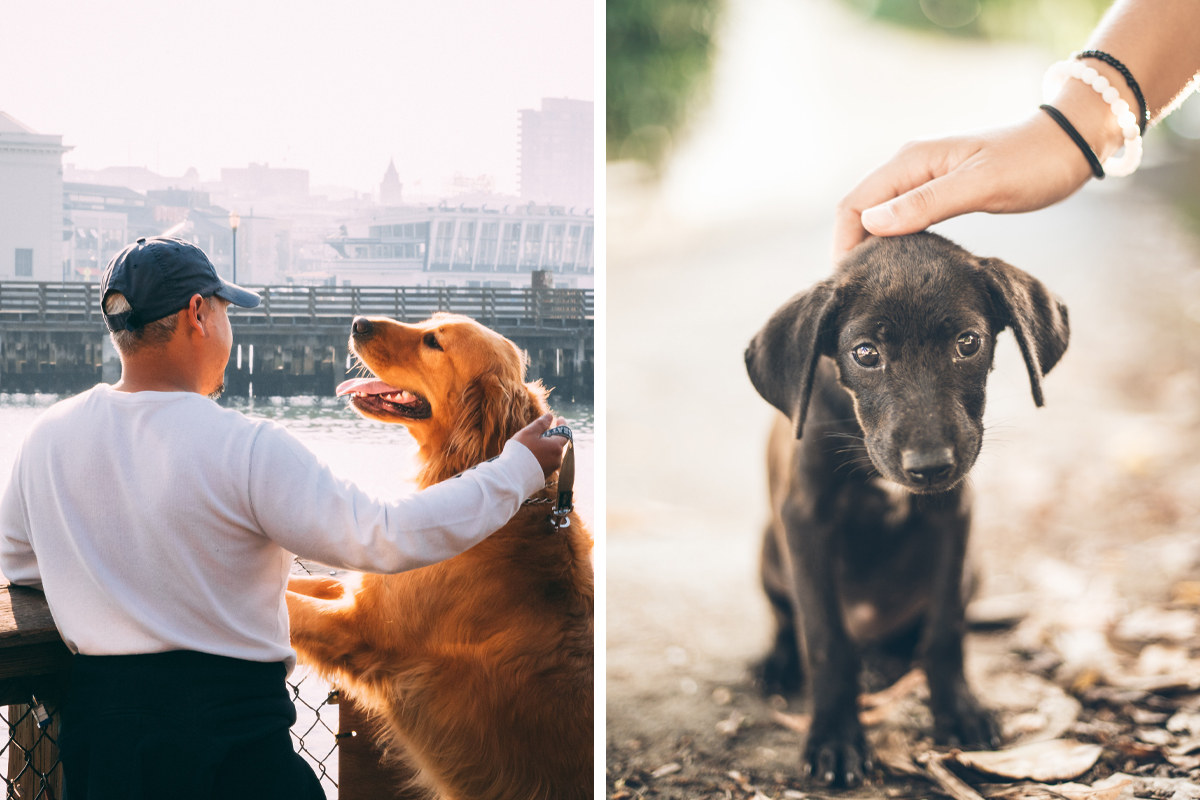
Unravelling the Canine Connection: Why Do We Love Dogs So Much?
Dogs, our loyal companions for thousands of years, hold a special place in our hearts. The bond between humans and dogs is a unique and cherished connection that goes beyond mere companionship. Let’s delve into the fascinating world of human-dog relations and explore the reasons behind our profound love for these furry friends.
- Dogs offer humans unconditional love and companionship.
- Petting dogs releases oxytocin, fostering human-dog bonds.
- Spending time with dogs can improve human health and wellbeing.
The information provided herein is for informational purposes only. Please refer to our disclaimer for more details..
Historically Unconditional love
Image source: Pontus Wellgraf
One of the most remarkable aspects of the human-dog relationship is the unconditional love dogs offer. Dogs don’t judge; they don’t hold grudges.
They love their human companions with pure, unwavering devotion. This unconditional love creates a sense of security and acceptance, fostering a bond that withstands the test of time.
The history of the human-dog relationship dates back to ancient times. Sometime between 14,000 and 30,000 years ago, wolves and early humans forged the first connections between our two species.These wolves and our ancestors bonded out of necessity, the wolves assisting in hunting and protection for being part of a bigger flock.
Slowly, the shared experiences and history throughout time forged a deep connection between our species. As humans transitioned from a nomadic lifestyle to settled communities, dogs became essential members of our households, offering not just practical assistance but, most importantly, companionship and friendship.
Why do humans have the urge to pet dogs?
Image source: Ryan Christodoulou
Petting a dog isn’t just a casual gesture; it manifests humans’ deep bond with our furry friends. Studies have shown that interacting with dogs, including petting them, triggers a part of the brain that releases oxytocin, often called the “love hormone# or “bonding hormone.
Studies have shown that the release of oxytocin plays an essential role in the bond between dogs and humans. When humans engage with dogs through petting, playing, or simply gazing into their eyes, oxytocin levels increase for both species.
This hormone strengthens the emotional bond and promotes feelings of trust and affection. It’s the biochemical foundation of the profound love we experience for our canine companions.
Historically, this hormone has probably been crucial in fostering emotional connections and building trust, reinforcing strong ties between humans and their furry friends.
So whenever you reach to pet a dog, remember that maybe your ancestor did the same nearly 10,000 years ago and felt the same surge of love you also feel today.
Dog Eyes and Human Hearts
Not only has our brain developed the ability to encourage a bond with dogs through a rush of hormones like oxytocin, but dogs have also developed physically to ensure a stronger bond between our species.
The clearest sign of this is their lovely large eyes.
The gaze of a dog, often described as “puppy dog eyes,” profoundly impacts human emotions. Studies have shown that the morphology of dogs’ eyes, particularly the size of the pupils, resembling a baby, contributes to their ability to elicit a nurturing response from humans.
The large, expressive eyes of dogs mimic the appearance of human infants, triggering a parental attachment response and strengthening the emotional bond. Their soft eyes glancing at us lovingly is just one of the many reasons we love our dogs.
Love Dogs, Love Yourself: The Positive Effects
Image source: Marvin Meyer
Dogs reciprocating our love for them isn’t just a source of emotional satisfaction. Interacting with dogs has also been linked to various health benefits for humans.
Studies have shown that spending time with dogs can lower blood pressure, reduce stress levels, and improve cardiovascular health. The companionship provided by dogs also contributes to positive mental well-being, offering solace and support during challenging times.
Bonding with our dogs, whether they are big dogs or small dogs, gives us a unique interaction with another species, unlike anything. Dogs and people share experiences and a deep love every day. Strengthening our bond makes us feel like we are not alone in this world.
Canine Companionship and Serotonin Levels
Oxytocin isn’t the only hormone affected by our four-legged best friends. Scientists have found that the positive effects of interacting with dogs extend further into to the neurological realm. The presence of a beloved dog can positively influence the serotonin levels associated with well-being and happiness. The joy and comfort derived from canine companionship contribute to improved mental health and overall life satisfaction.
Why do dogs love us back?
So now we know why we humans love our dogs, but did you know that, in time, dogs come to actually love us back? Dogs have an uncanny ability to understand and respond to human emotions, sometimes leading us to over-analyze their actions. But fear not, the feelings of love is reciprocated.
Research has revealed that when dogs gaze into their owner’s eyes, dogs also experience a surge in oxytocin levels! This mutual gaze creates a feedback loop of affection and reinforces the emotional connection between dogs and their human family members. Even looking at another dog cannot create the same oxytocin surge.
A Love Language
The ability of dogs to respond to human cues contributes to their reputation as “man’s best friend, but did you know that dogs also attempt to show us that they love us? You could even say that humans and dogs share a language of love.
While dogs may not speak our language, they are masters at understanding us and communicating in ways that resonate deeply with humans. The wagging tail, the expressive eyes, and the joyful bark all contribute to a unique form of communication and is their way of showing love.
Understanding and responding to these canine cues create a sense of shared language and enhance the emotional connection between dogs and their dog owner.
The reciprocal nature of the love between humans and dogs can be attributed to the social and pack-oriented behaviour ingrained in dogs. In the wild, wolves, the ancestors of domestic dogs, form close-knit packs where cooperation and social bonds are essential for survival. Domesticated dogs have carried this instinctual behaviour into their relationship with humans, forming solid emotional ties between people and dogs and demonstrating affection in various ways.
Dogs in Culture and Society
The love of dogs transcends the practical aspects of companionship and extends into the realms of art, literature, and folklore. Dogs have been celebrated in various cultures, in radio and tv, and societies as symbols of loyalty, courage, and fidelity.
From ancient myths to modern literature, dogs have left a mark on human culture, reflecting the depth of our connection.
Certain dogs have etched their paw prints indelibly in the tapestry of cultural history. Lassie, the heroic Collie, epitomized loyalty and courage on screen, while Rin Tin Tin, a German Shepherd, became a silent film icon.
Snoopy, the imaginative beagle from Peanuts, endeared himself to generations with his whimsical adventures. Lady and the Tramp, two animated canines from Disney, celebrated love across societal divides. Old Yeller, the faithful Yellow Lab in literature, left an enduring imprint with his sacrifice.
These famous dogs transcend fiction, embodying timeless virtues and leaving an everlasting paw print on our hearts.
Dogs as family members
Over the centuries, dogs have seamlessly woven themselves into the fabric of our families, evolving from mere companions to cherished family members. The joy derived from the antics of a playful pup, the comfort of a loyal companion, and the shared adventures with a family dog create a tapestry of memories that enrich our lives.
Their transformation from working partners to confidantes, exercise partners, and sources of unwavering support enhances the overall quality of human life.
How we see our best friends has dramatically changed in recent years, mirroring societal shifts toward recognizing their emotional depth. As family dynamics have changed, dogs have adapted, becoming emotional pillars in times of joy, sorrow, and everything in between.
The bond transcends the practicality of working together, as dogs offer solace, companionship, and a unique understanding of human emotions.
From playmates to protectors, their roles have expanded, and their presence enriches our lives, turning houses into homes and mere owners into devoted caregivers. The profound connection between dogs and their human families epitomizes the transformative power of unconditional love and shared experiences.
Conclusion: We Truly Love Dogs So Much
In conclusion, humans’ love for dogs is a multifaceted phenomenon rooted in shared history, biological responses, and the unique bond forged through companionship.
From the evolutionary connection with wolves to the biochemical releases of oxytocin and serotonin, the reasons behind our deep affection for dogs are both scientifically fascinating and emotionally profound.
The unwavering loyalty, unconditional love, and shared experiences contribute to a connection that transcends the boundaries between species.
867views
Share on Facebook
 Dark Mode
Dark Mode 

 No fees, cancel anytime
No fees, cancel anytime 



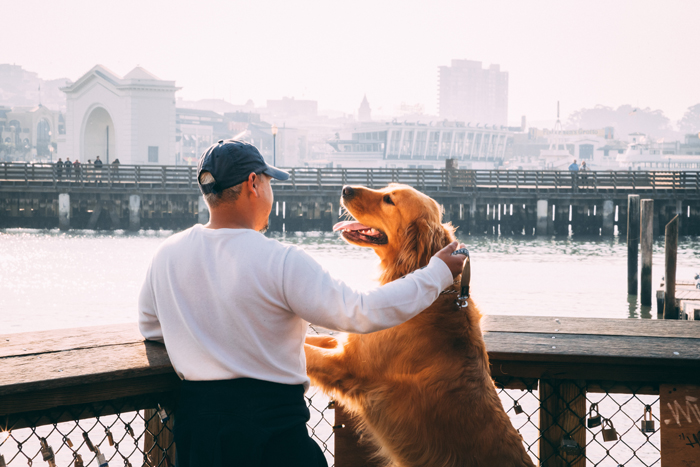
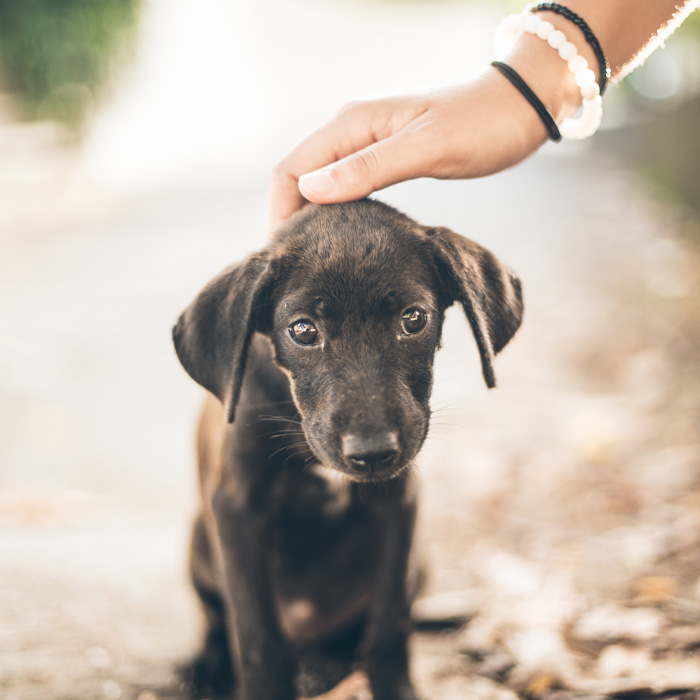
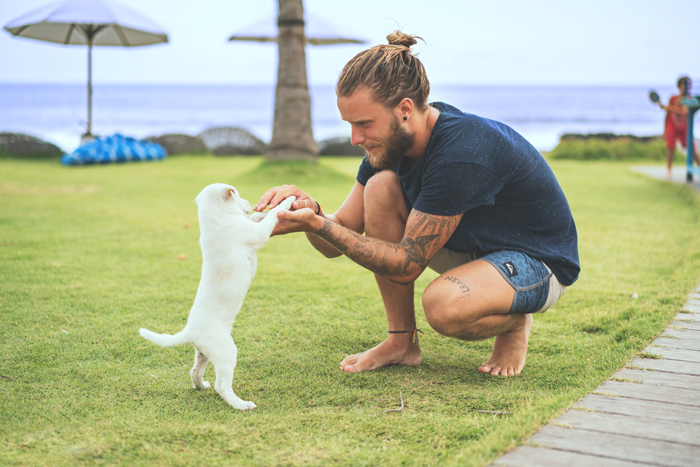









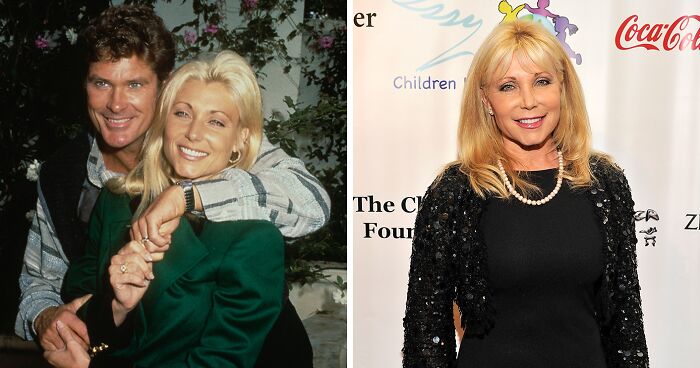

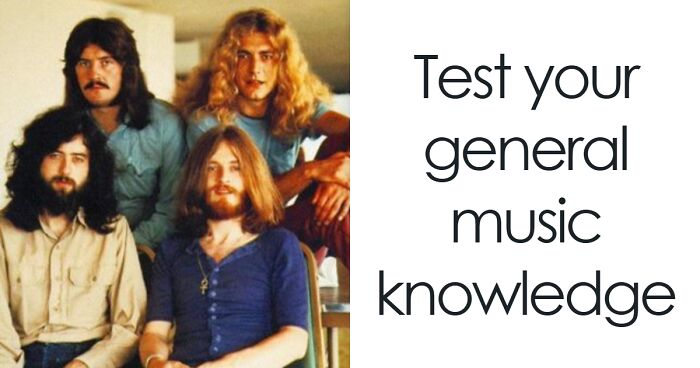





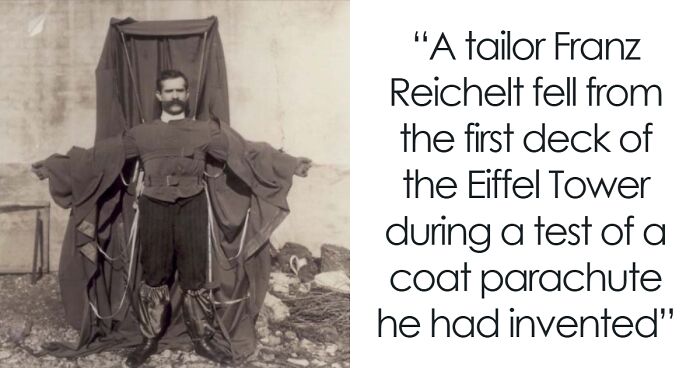

























-1
0